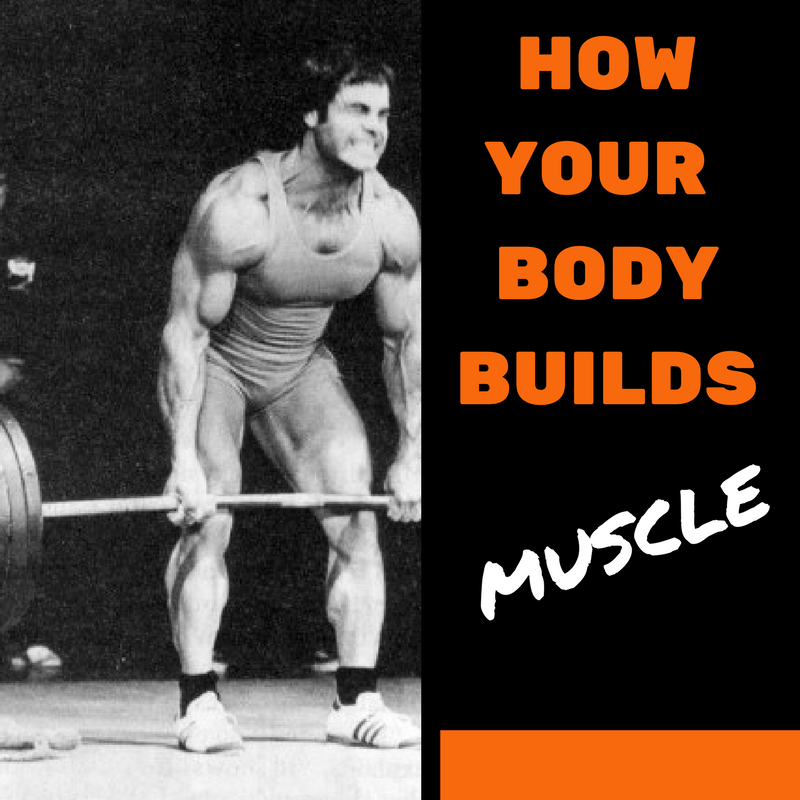When you start at the gym or realise that you want to put on some muscle there has to be about 100 different ways that you are told to do it. You know what? Each way is correct in its own way and probably will help you put on muscle in some way or another. The best part is though, science has come through and started to take some of the guess work out for you in discovering which methods are going to help you in gaining muscle. There is nothing worse than spinning your wheels when it comes to training and wasting time on methods that are not going to make the kind of progress you want.
Thank you to the work of Dr Brad Schoenfeld we have a better understanding of the three primary mechanisms involved in exercise-related muscle growth: muscle tension, muscle damage, and metabolic stress (Schoenfeld 2010).
HOW YOUR BODY BUILDS MUSCLE
These mechanisms allow us to have various way we can stimulate some muscle gains.
1.MECHANICAL TENSION
This can be simplified as the tension that the weight on the bar exerts on the muscles. The tension exerted on muscles during resistance exercises is considered a main driver of building muscle. The amount of weight we lift creates tension on the muscles, which will disturb the tissues and then create a signal for your body to add some muscle.
A good example is sets in the range of 5-10 reps
As Brad Schoenfeld mentions in his book M.A.X muscle there is a upper limit though, for how important muscle tension becomes for growth. The best example is a powerlifter compared to a bodybuilder, with the bodybuilder having more muscle growth even though training with lighter weights
2.METABOLIC STRESS:
A way to wrap your head around this mechanism is to think of the “pump”, you know the famous thing Arnold talks about in Pumping Iron.
The indirect effect of metabolic stress comes from the byproduct of metabolism called metabolites. They make your body call the troops to start building and strengthening the muscle cells that you have worked. A good example of metabolic stress is using the “Blood Flow Restriction” training, however this training has specific uses and is not for beginners.
3.METABOLIC DAMAGE:
The easiest way to think about this mechanism is DOMS and that pain you get in a muscle you have worked a few days after the session. This is cause by damage to the contractile proteins and surface membrane in the form of microtears to the muscle you have worked.
So while a certain amount of muscle soreness can be seen to aid in the hypertrophy response, it must be noted that long-term this is not the best indicator to always go by. As a beginner you certainly will get soreness however as your body slowly adapts to training this will thankfully reduce even though you are still damaging the muscle.
A good example of creating some good metabolic damage is using “constant tension” on an exercise. Below is a video of me utilizing this tool with Front Squats
HOW TO USE THIS IN YOUR TRAINING
So, now we know the mechanisms that help us build muscle we must look at how we implement each mechanism in our training. It must be stated though, that each mechanism does not work by itself and will each contribute to the process along the way.
A really effective way to look at things was used by Brad Schoenfeld in his book M.A.X Muscle where a periodization model was looked at which focused on each mechanism in a block of training. The three phases are
- Strength Phase
- Metabolic Phase
- Muscle Phase
Strength Phase:
Think of a strength phase as building the foundations to your house. Greater strength levels overall will allow you to achieve greater hypertrophy in the long-term
Below are some main characteristics of a Strength Protocol:
- Sets- 3 per exercise (Working Sets)
- Reps- Main: 1-5 Accessories: 6-8
- Rest Interval- Main: 3-5 min Accessories: 2 min
- Frequency- 3-4 days per week
Metabolic Phase:
* This can be seen as a bridging phase were you are conditioning you body for hypertrophy training. In this phase you are prepping your body to be able to handle lactic acid build-up which will allow you a higher tolerence for volume. Also you improve you glycogen storage capacity which can allow you to get a better “pump” during training.
Below are some main characteristics of a Metabolic Protocol
- Straight-set metabolic training
- Paired-set training
- Circuit training
- Sets- 3 per exercise (Working Sets)
- Reps- 15-20
- Rest Interval- 30 sec or less
- Frequency- 3 days per week
Muscle Phase
This phase is where the adaptations and gains from increasing your strength and work capacity can be realised. This phase will focus on both muscle size and symmetry. It is encouraged in this phase to use a “multi-angled, multi-planar, multi-modality approach” (Schoenfeld 2013)
Below are some main characteristics of a Muscle Protocol
- Sets- 2-4 per exercise
- Reps- 6-12
- Rest Interval- 60-90 sec
- Frequency- 3-6 days per week
Now you have a really good start on how we actually build muscle and this can be a good way to see whether you are covering these aspects. All things considered though, building muscle is long-term project so don’t expect for everything to happen overnight. Once you are not longer a beginner, muscle gain is measured in months and years. Good luck and stay strong.
Reference:
Schoenfeld, B. (2010). The Mechanisms Of Muscle Hypertrophy And Their Application To Resistance Training. Journal of Strength and Conditioning Research, 24(10), 2857–2872.

Do you look at Ben’s results and think “I want to change my body like that” – if you answered YES then check out our 28 Day Fat Loss & Body Composition Changes Program.

Are You
- Lacking Motivation?
- Have No Direction With Your Training?
- Goals Slipping Away?
- Unhappy With Your Body Composition?
- Wanting To Be Fit & Healthy?
If you answered YES then this program is for you – $69 per week and lasts for 28 days – CLICK THE BUTTON BELOW FOR MORE INFO

